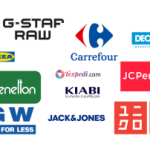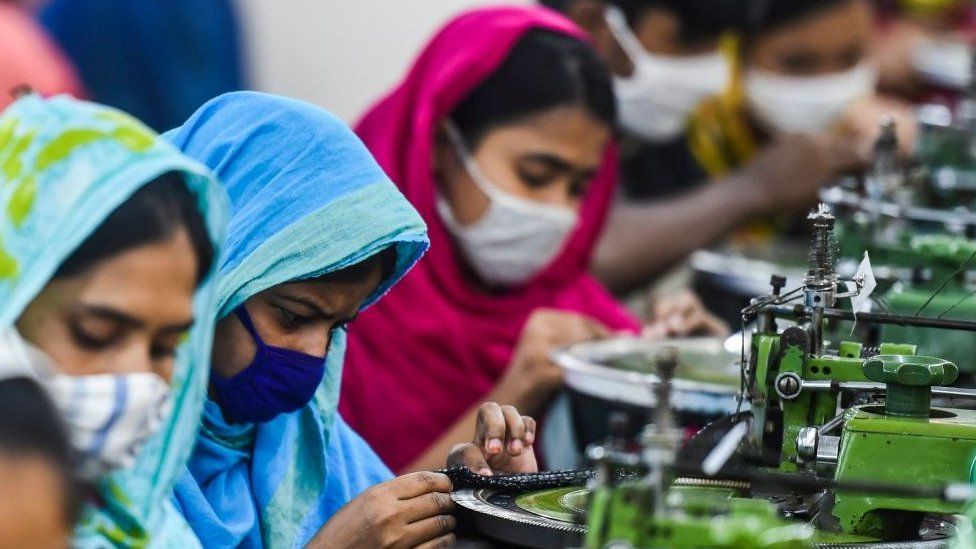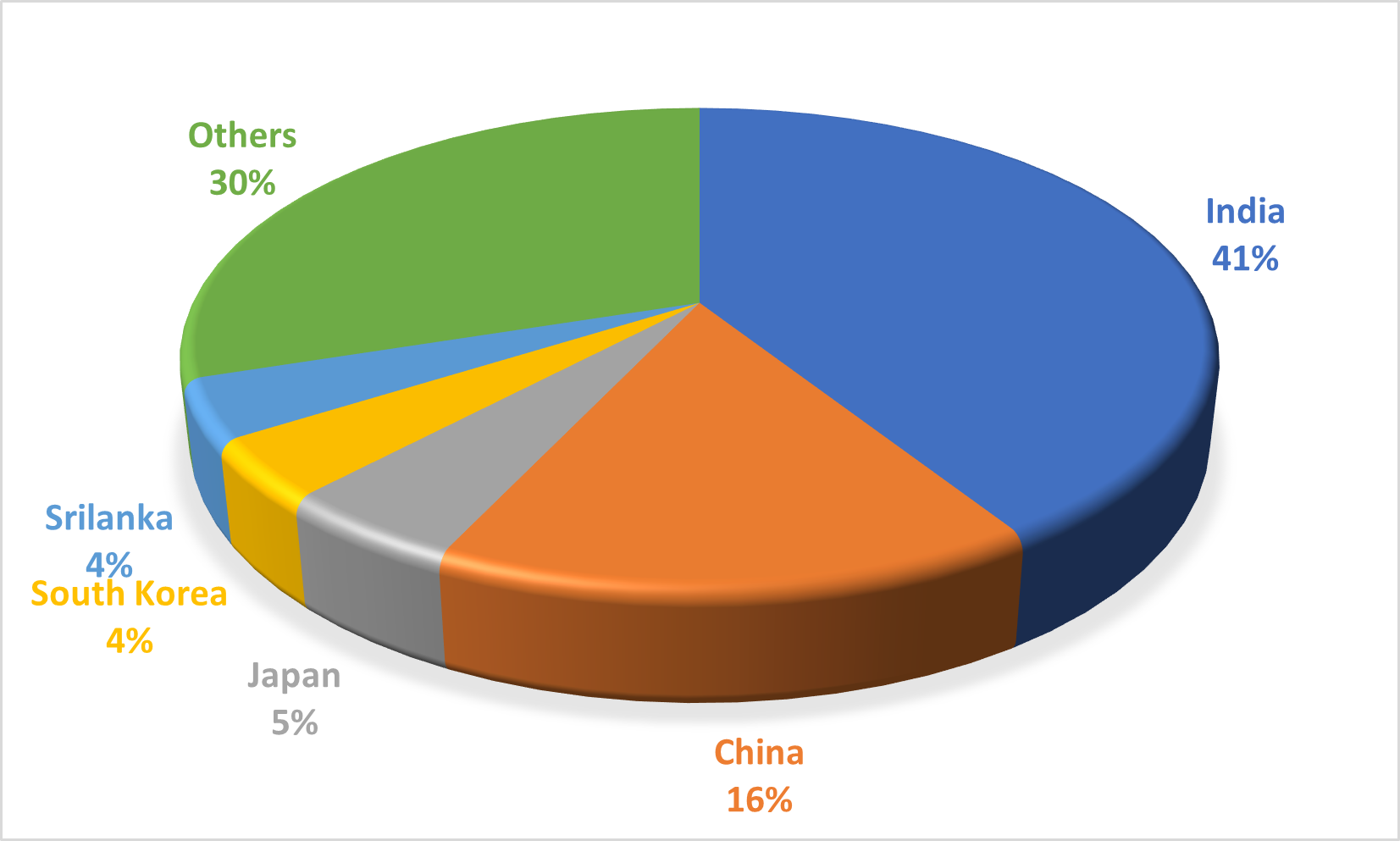Bangladesh Apparel Industry makes a significant contribution to the national economy by creating generous employment opportunities especially innumerable uneducated women of the country and reducing poverty through socio-economic development. 20 million people depend on this industry and 10 million are directly and/or indirectly are employed through this sector. This sector is helping people by changing their lives and living standards. Bangladesh is the world’s second-largest Readymade Garment (RMG) exporter, just behind China. Country’s 84% of exports come from the RMG sector, and the Textile & Apparel sector contributes around 20% to Bangladesh’s GDP. Bangladesh plans to get the middle-income country status by 2021, and RMG sector is going to play a major role in it. For more please click on Textile and RMG industry in Bangladesh.
Sustenance of this industry is essential for the economic prosperity of Bangladesh. In 2018, the export value for RMG of Bangladesh amounted to about 36.67 billion US dollars, indicating an increase of approximately 2.01 billion US dollars compared to 2017. But the growth rate is not satisfactory due to the over-concentration in some basic items. Five major products like t-shirt, sweater, trousers, jacket and shirt
contributed about 73 per cent or US$24.8 billion of the country’s total exports
earnings of US$34.13 billion from the apparel items in the last fiscal year.
Most of the RMG items (74.14 per cent) are made of cotton.
- T-Shirt = $ 7.01 Billion
- Trousers = $ 0.93 Billion
- Shirt = $ 2.32 Billion
- Jackets = $ 4.98 Billion
- Sweaters = $ 4.25 Billion
Check out these related articles:








